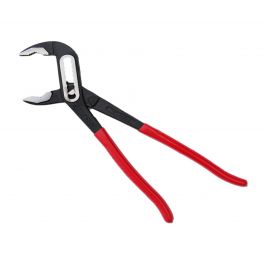So the binding brake faerie caught up with my car. I Installed new rear discs, new pads, pushed the pistons back in etc, but when I went for a drive I found that the right side rear wheel was about a million degrees and gave off that commuter-train-pulling-in-at-the-station smell.
Pulled it apart, removed the dust seal, and the piston was not in a good shape, with corrosion and pitting. I needed to fix this pronto, so online parts were not an option, and after not finding any rebuild kits or pistons in stock anywhere I opted to try find a second hand caliper from an auto parts recycler. Luckily, the 38mm caliper on the mk7 Tourer is also used on a variety of other Hondas and I ended up with a transplant from a Honda Odyssey, which was sold in AU instead of the Accord Tourer. So far, the Accord hasn't rejected the new organ.
Looking at the pitted piston from the dead caliper, it is easy to see why these calipers have a habit of binding. It seems to be nickel plated steel, and due to the rear brakes wearing only slowly the piston seal spends a lot of time rubbing on the same area, which wears through the plating, and following that, the now exposed steel spends a lot of time in the outside of the seal, where it is no longer protected from corrosion. The dust seal still protects it, but tiny amounts of dust, moisture and perhaps salt find their way past the seal over time. Once corroded the piston no longer smoothly slides past the seal, should you push it back in to fit new pads.







